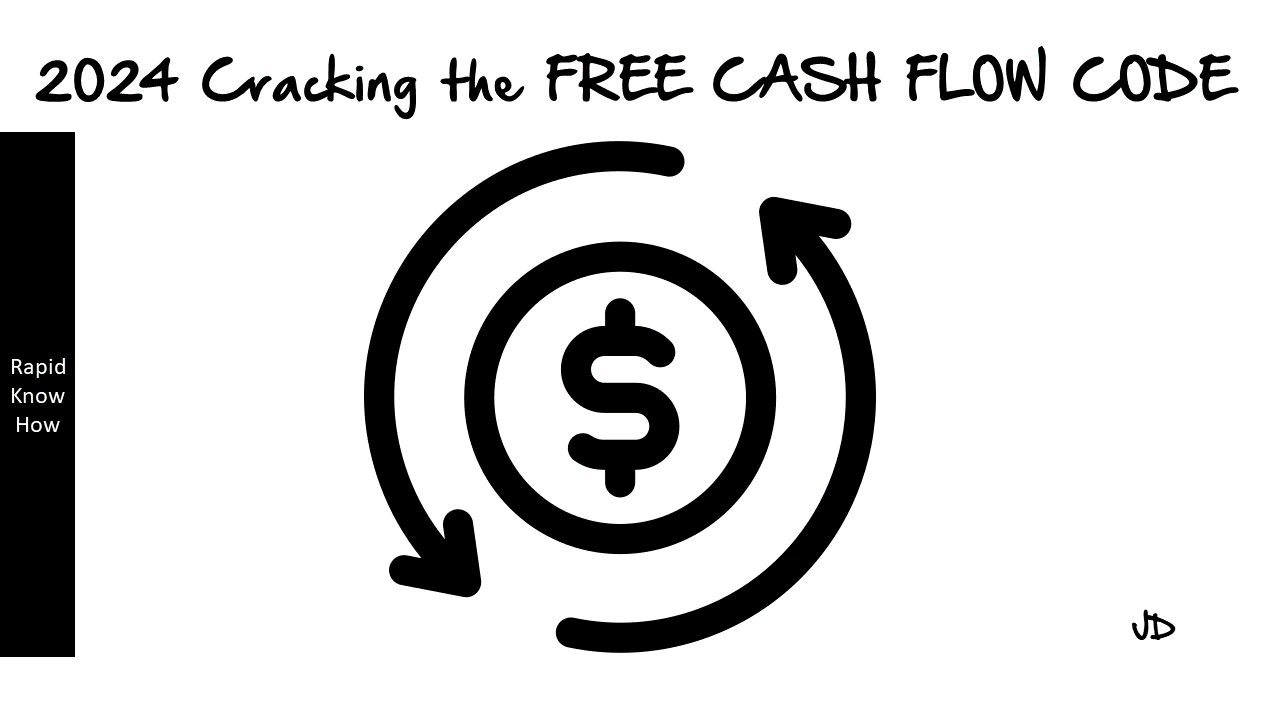**The Art of Cash Flow Management**
Cash flow management is a critical aspect of both personal finance and business operations. It involves tracking, analyzing, and optimizing the flow of cash in and out of an entity to ensure that it can meet its obligations, invest in opportunities, and sustain growth.
Effective cash flow management can be the difference between thriving and merely surviving, whether in business, personal finance, or even politics. Below, we will explore top strategies for managing cash flow across these three domains.
Top 10 Cash Flow Management Strategies in Business
1. **Create a Cash Flow Forecast**: Develop a detailed cash flow forecast that projects income and expenses over a specific period . This helps identify potential shortfalls and allows for proactive measures.
2. **Monitor Receivables Closely**: Keep an eye on accounts receivable to ensure timely payments from customers. Implementing strict credit policies can help minimize late payments.
3. **Negotiate Payment Terms**: Work with suppliers to negotiate favorable payment terms that allow for extended payment periods without incurring penalties.
4. **Maintain a Cash Reserve**: Establish a cash reserve or emergency fund to cover unexpected expenses or downturns in revenue.
5. **Implement Efficient Inventory Management**: Optimize inventory levels to reduce holding costs while ensuring that you have enough stock to meet customer demand.
6. **Utilize Technology**: Leverage accounting software and tools that automate invoicing, track expenses, and provide real-time insights into cash flow.
7. **Diversify Revenue Streams**: Explore additional revenue streams to reduce reliance on a single source of income, which can help stabilize cash flow.
8. **Regularly Review Financial Statements**: Conduct regular reviews of financial statements to identify trends and areas for improvement in cash management.
9. **Cut Unnecessary Expenses**: Analyze your expenses regularly and eliminate any non-essential costs that do not contribute to your business goals.
10. **Plan for Seasonal Fluctuations**: If your business experiences seasonal variations in revenue, plan accordingly by saving during peak times to cover leaner periods.
Top 10 Cash Flow Management Strategies in Life
1. **Create a Personal Budget**: Develop a monthly budget that outlines income sources and expenses to track where your money goes.
2. **Build an Emergency Fund**: Aim to save three to six months’ worth of living expenses in an easily accessible account for unexpected situations.
3. **Automate Savings Contributions**: Set up automatic transfers from checking to savings accounts to ensure consistent saving habits.
4. **Monitor Spending Habits**: Use apps or spreadsheets to track daily spending patterns and identify areas where you can cut back.
5. **Prioritize Debt Repayment**: Focus on paying off high-interest debts first while making minimum payments on others to improve overall cash flow.
6. **Invest Wisely**: Consider long-term investments that align with your financial goals while maintaining liquidity for immediate needs.
7. **Review Subscriptions Regularly**: Periodically assess recurring subscriptions or memberships and cancel those that are no longer valuable or necessary.
8. **Plan Major Purchases**: Avoid impulse buying by planning major purchases ahead of time and saving specifically for them.
9. **Take Advantage of Discounts and Rewards Programs**: Use coupons, cashback offers, or loyalty programs to save money on regular purchases.
10. **Educate Yourself Financially**: Continuously seek knowledge about personal finance through books, courses, or workshops to make informed decisions about your money management strategies.
Top 10 Cash Flow Management Strategies in Politics
1. **Transparent Budgeting Processes**: Implement transparent budgeting practices that allow stakeholders to understand how funds are allocated and spent.
2. **Regular Financial Audits**: Conduct regular audits of financial statements and expenditures to ensure accountability and prevent mismanagement of funds.
3. **Diversify Funding Sources**: Seek multiple funding sources such as grants, donations, or public-private partnerships to reduce dependency on a single revenue stream.
4. **Engage Stakeholders in Financial Planning**: Involve community members or constituents in the budgeting process to align spending with public needs and priorities.
5. **Implement Cost-Benefit Analysis for Projects**: Before initiating projects or programs, conduct thorough cost-benefit analyses to ensure they provide value relative to their costs.
6. **Establish Contingency Funds**: Create contingency funds within budgets for unforeseen circumstances or emergencies that may arise during governance.
7. **Promote Economic Development Initiatives**: Invest in initiatives that stimulate local economies, thereby increasing tax revenues which can improve overall cash flow for public services.
8. **Enhance Revenue Collection Mechanisms**: Streamline processes for tax collection or fees associated with government services to minimize delays in revenue inflow.
9. **Educate Public Officials on Financial Literacy**: Provide training programs for elected officials on financial management principles so they can make informed decisions regarding public funds.
10. **Foster Public-Private Partnerships (PPPs)**: Collaborate with private entities on projects that require funding beyond what the government can provide alone, sharing both risks and rewards effectively.
Conclusion and Next Steps
Cash flow management is an essential skill across various domains—businesses must manage their finances effectively; individuals need control over their personal finances; politicians must ensure responsible governance of public funds.
By implementing the strategies outlined above tailored specifically for each area, stakeholders can enhance their financial health significantly.
As next steps:
1. Assess your current cash flow situation—whether personally or professionally.
2. Identify which strategies resonate most with your circumstances.
3. Create an actionable plan incorporating these strategies into your daily practices.
4. Monitor progress regularly and adjust as necessary based on changing conditions.
5. Continue educating yourself about effective cash flow management techniques through resources available online or through professional development opportunities.
By taking these steps toward better cash flow management today, you pave the way for greater financial stability tomorrow—regardless of the context you find yourself navigating through life’s complexities.




